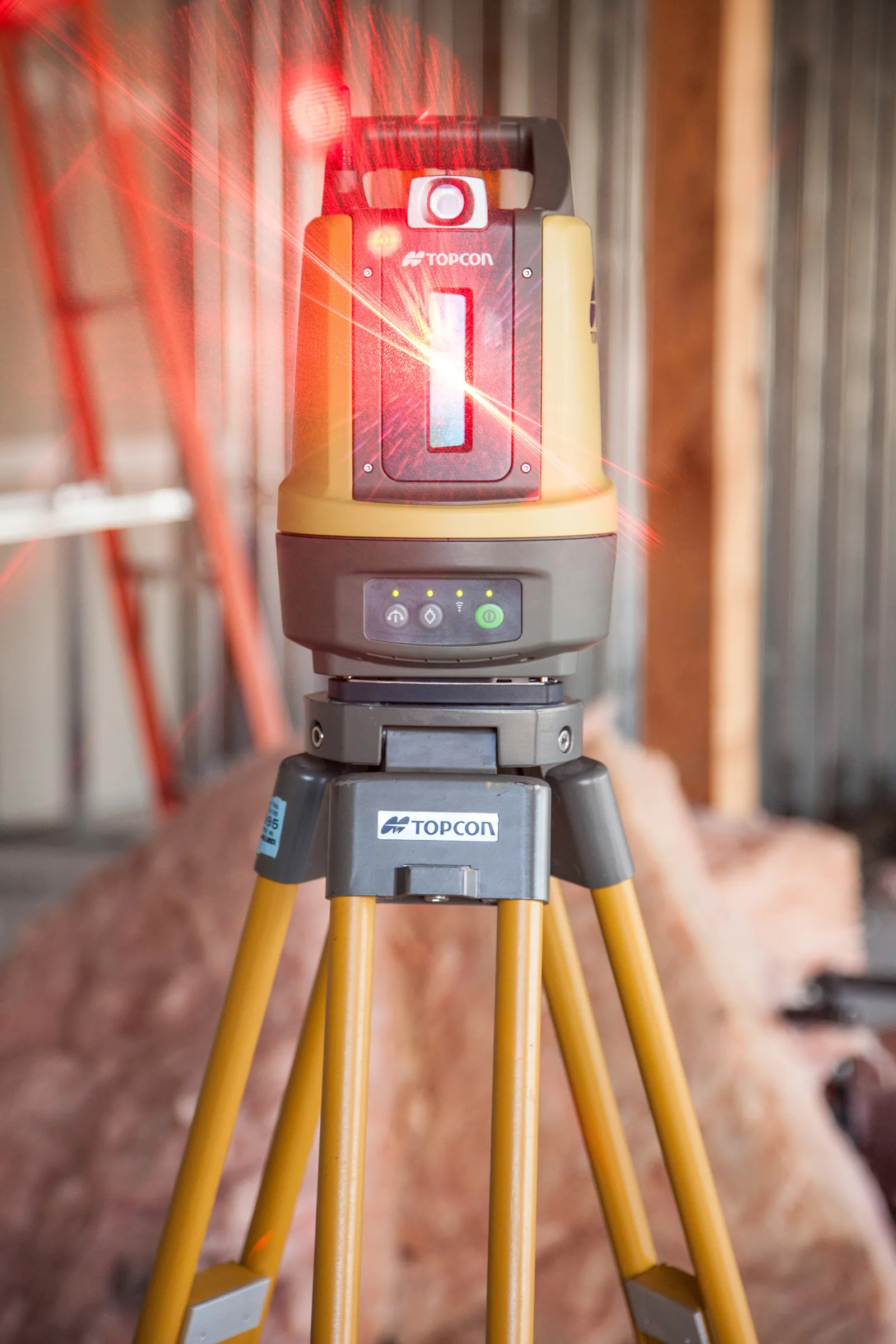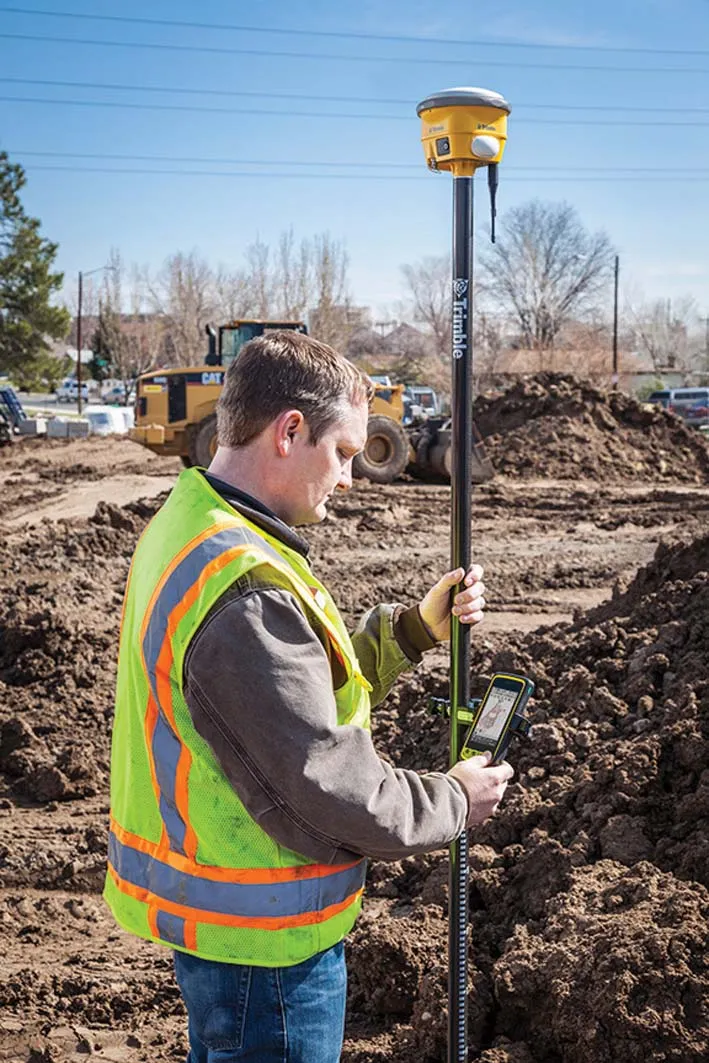Trimble is expanding with the acquisition of Norwegian firm Vianova Systems. The move brings Trimble additional capabilities in BIM, a key technology area. The financial terms were not disclosed. Vianova Systems is a pioneer in the development of software leveraging advanced BIM technology for the civil engineering market and infrastructure lifecycle management across infrastructure design. The company offers a portfolio of solutions for civil engineers, civil contractors and project owners. These solutions
September 3, 2015
Read time: 2 mins
The acquisition of Vianova Systems will extend Trimble’s Connected Site portfolio. This is an information management solution that provides a high-level of process and workflow integration to optimise operations from the design phase through to the finished project. “The combination of Vianova Systems’ Building Information Modeling capabilities and Trimble’s ability to drive constructability into workflows will optimise both site and project processes. With Vianova Systems, we can now deliver solutions for the owner, engineer and contractor to more closely collaborate on civil projects,” said Roz Buick, vice president of Trimble's Civil Engineering and Construction Division.









